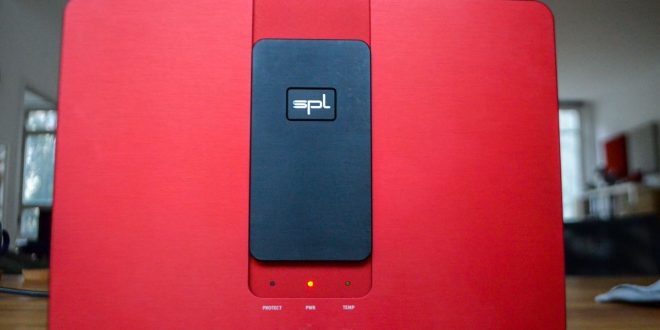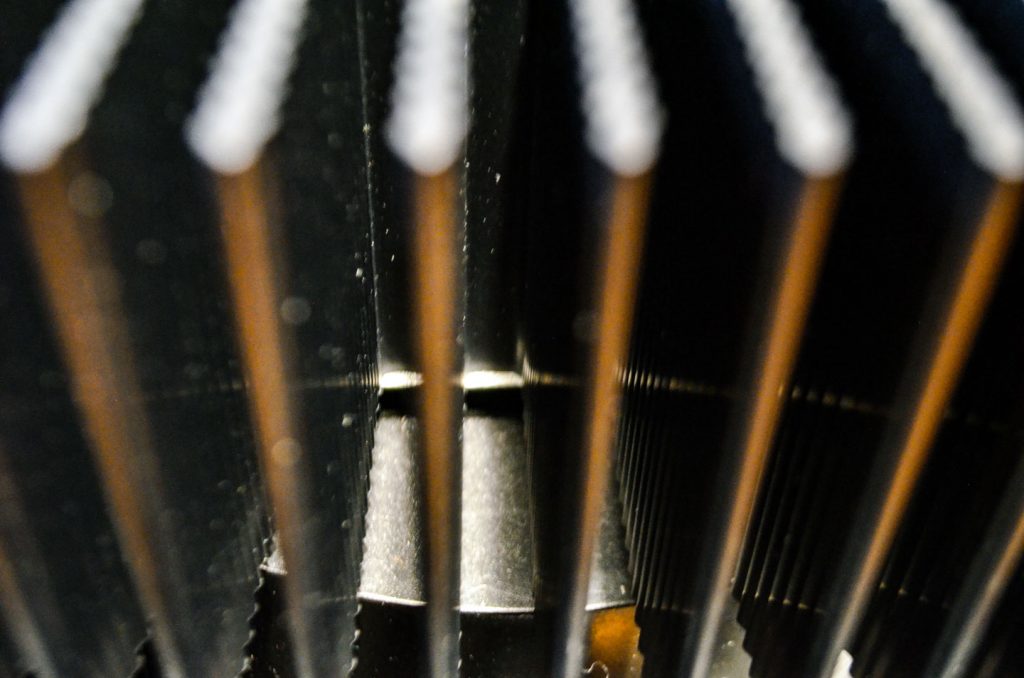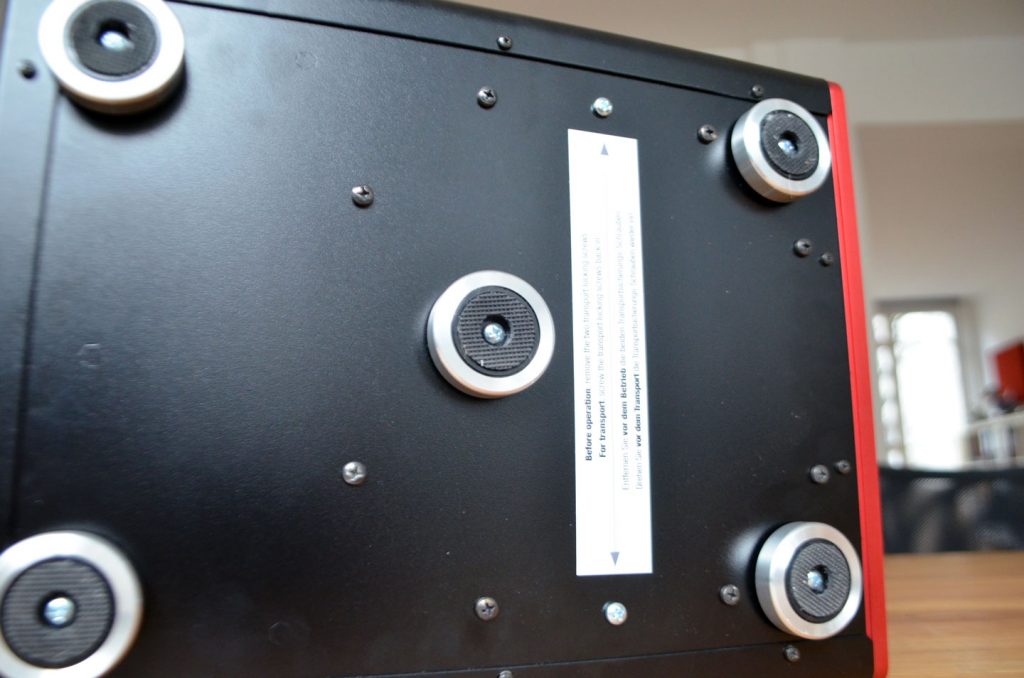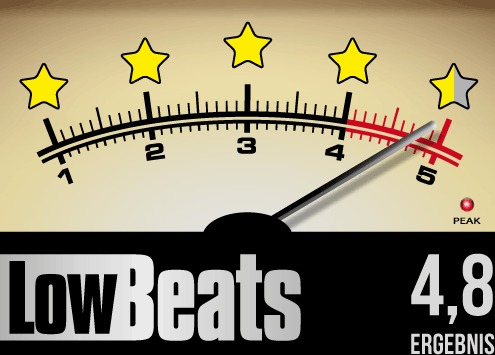The studio professional SPL Labs is currently shaking up the hi-fi scene. Its components from the so-called Professional Fidelity (ProFi) line combine high hi-fi ambitions with decades of experience in the studio sector. However, while the Rhinelanders have so far occupied niches with their professional components, they are now challenging the elite of amplifier manufacturers with their latest product: Their SPL Performer m1000 mono power amplifier, which is highly attractive in all respects, delivers 1,000 watts but costs a comparatively low 8,400 euros. Plenty of reasons to take a closer look at the not-so-bulky monoblock…
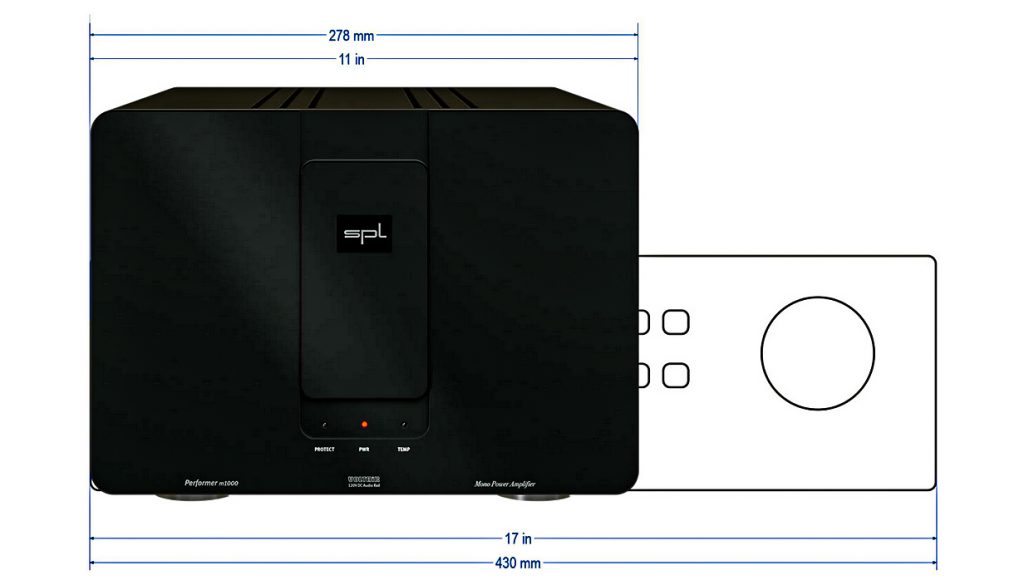
SPL Labs from the tranquil town of Niederkrüchten is one of the most renowned names in the field of studio electronics: the sophisticated SPL professional equipment can be found in the best studios in the world. So you could have made yourself comfortable in the studio niche. You could have. But they didn’t want to. In 2014, the SPL managers came to the conclusion that they should also apply their extensive know-how to hi-fi. This idea has resulted in wonderful top hi-fi to date: components such as the DAC preamplifier Directorthe compact and powerful power amplifier s800 or – an absolute domain of SPL – the Phonitor headphone amplifier. All exceptional, original devices with an appealing studio look and the robustness you expect from a studio.
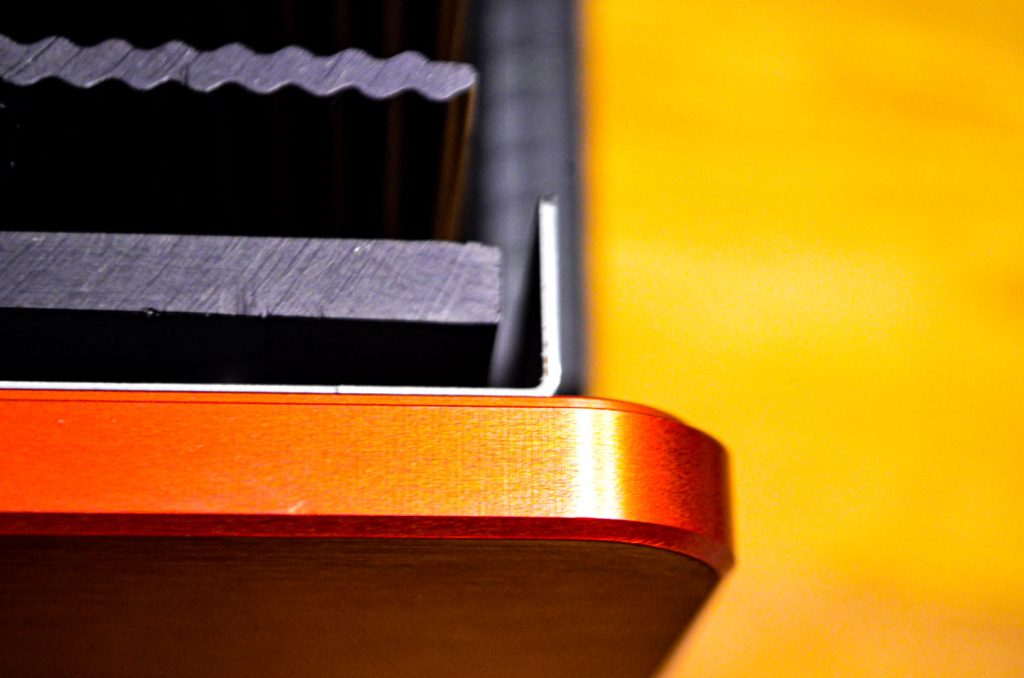
And this is where another special feature of SPL components comes into play: the ingenious design, which lies somewhere between studio technology, retro and modern hi-fi in midi format. The SPL designers have also come up with some very pretty color variations. The m1000 tested here looks like this:
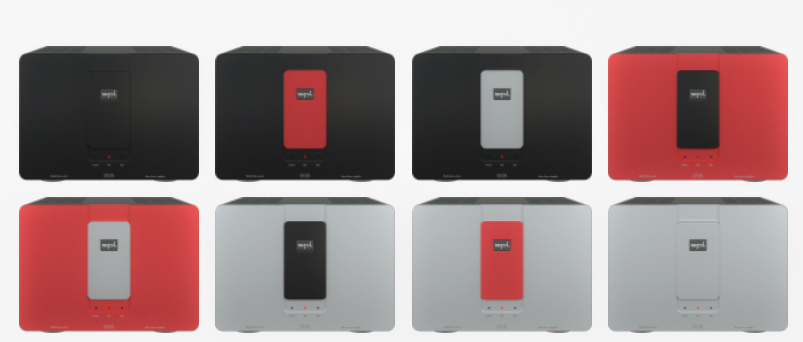
This alternating look is a tricky solution, by the way. The solid metal plates with the SPL logo (in the middle) are held in place by a strong magnet and can be replaced at any time.
The structure of the SPL Performer m1000
I assume that many audiophiles will be like me: I am fascinated by good studio technology (this also applies to loudspeakers), but I always have the feeling that the components are not fully utilized from a sound point of view. A discussion about cable and condenser sound, for example, is usually a joyless and pointless affair with studio professionals.
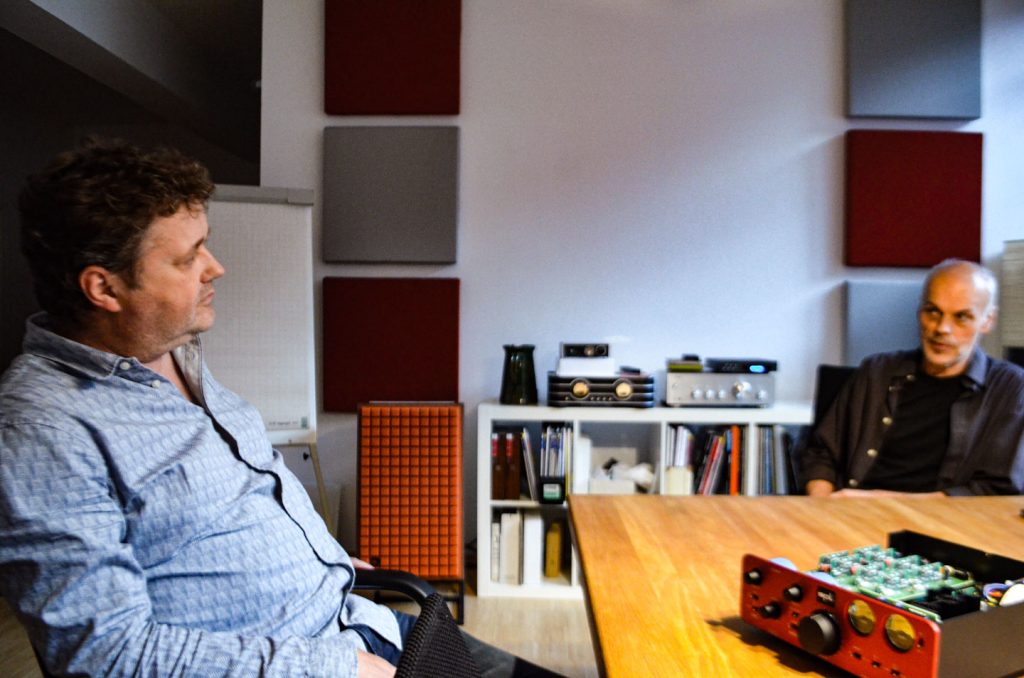
It’s different with SPL. Hermann Gier’s team listens to all the relevant components. And if, after a year of production, a better sounding one is found, that’s what is installed. One example of this is the large batteries of power supply capacitors. In the first m1000 design, developer Bastian Neu used ten caps with a value of 6,800 μF (microfarads). However, after long listening sessions, the variant with 100 caps of 1000 microfarads each was found to be overwhelmingly superior. Gier: “That made a huge difference in terms of sound. Because the smaller capacitors charge and discharge much faster, the output stage is “faster” overall in terms of sound.
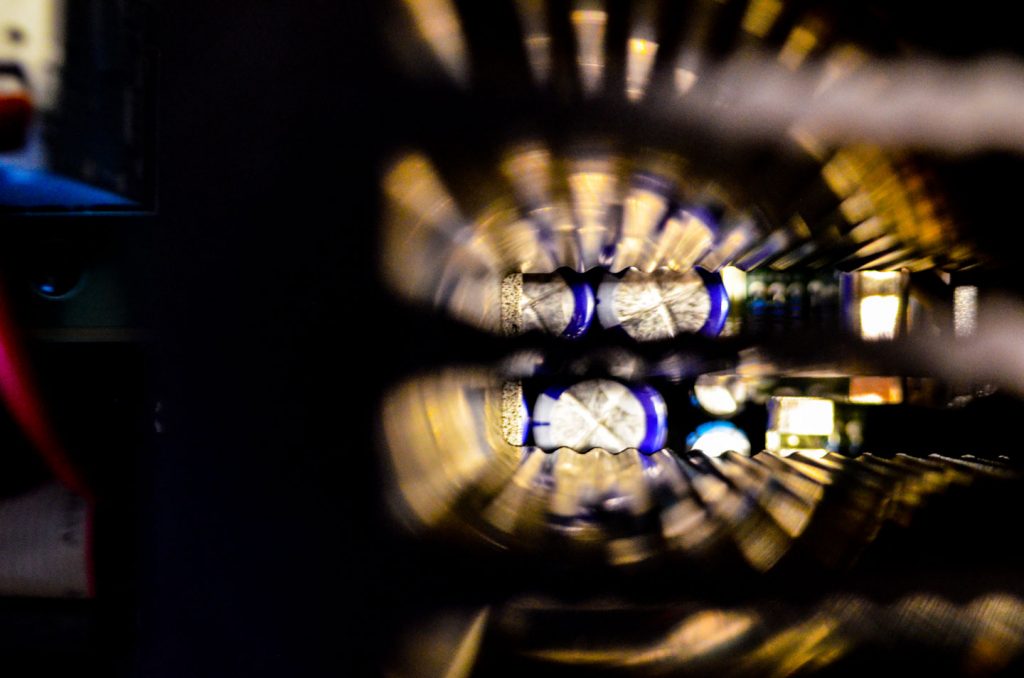
The image of the power amplifier that can’t run for power is no coincidence. Because there are so many comparably powerful power amplifiers on the market that sound pretty tired. In any case, the SPL Performer m1000 does not fulfill this image – also because such a sound almost contradicts the ideas of SPL developer Bastian Neu and he therefore uses as few components as possible.
The SPL monoblocks are classic in many ways. They are AB power amplifiers that draw their power from bipolar transistors. So far, so good. Even more unusual, however, is the fact that developer Neu has developed a two-stage amplification concept: In stage one, the entire voltage amplification takes place, the most important component of which is a discrete operational amplifier.
In stage two, the current is amplified with 16 bipolar transistors and the generous power supply unit. Both amplification circuits are largely separated from each other, so that even the back EMF of the speakers (i.e. the voltages induced by the diaphragm movements of the speakers on the amplifier outputs), which is often relevant with smaller amplifiers, plays no role at all with the SPL Performer m1000.
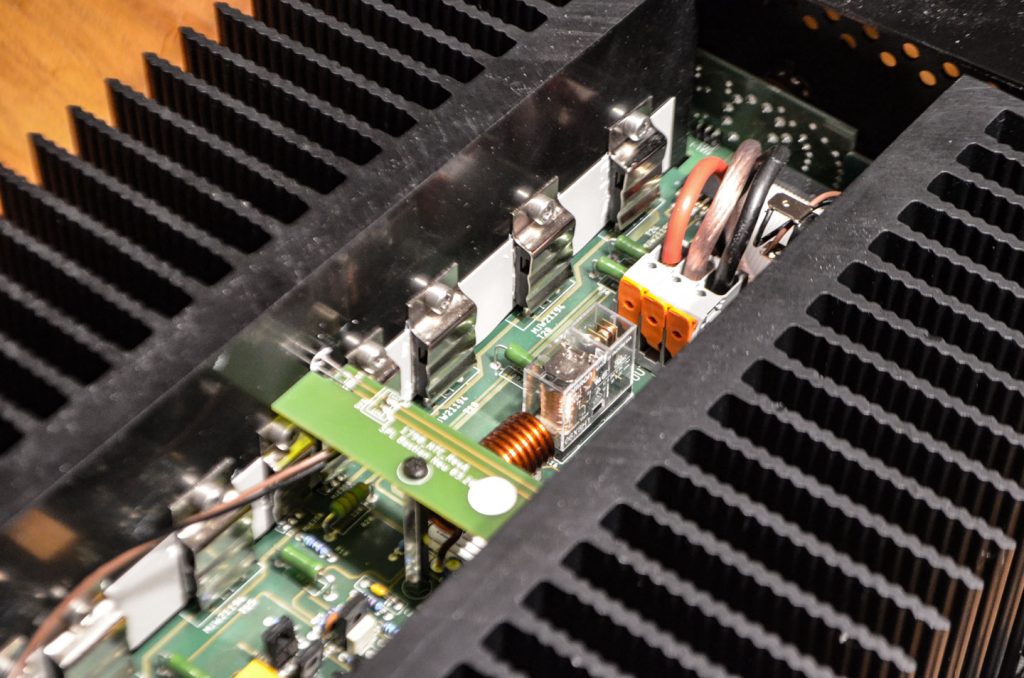
Developer Neu is walking a tightrope here in the best sense of the word. Because it only uses 16 transistors in the sense of a “fast” sounding power amplifier, they can get quite hot in the high level range. This is why the m1000 has passive cooling (heat sinks) plus fans. They start discreetly at around 50 degrees. The SPL have been playing almost every day for months now and I’ve never heard the fans running. A great solution.
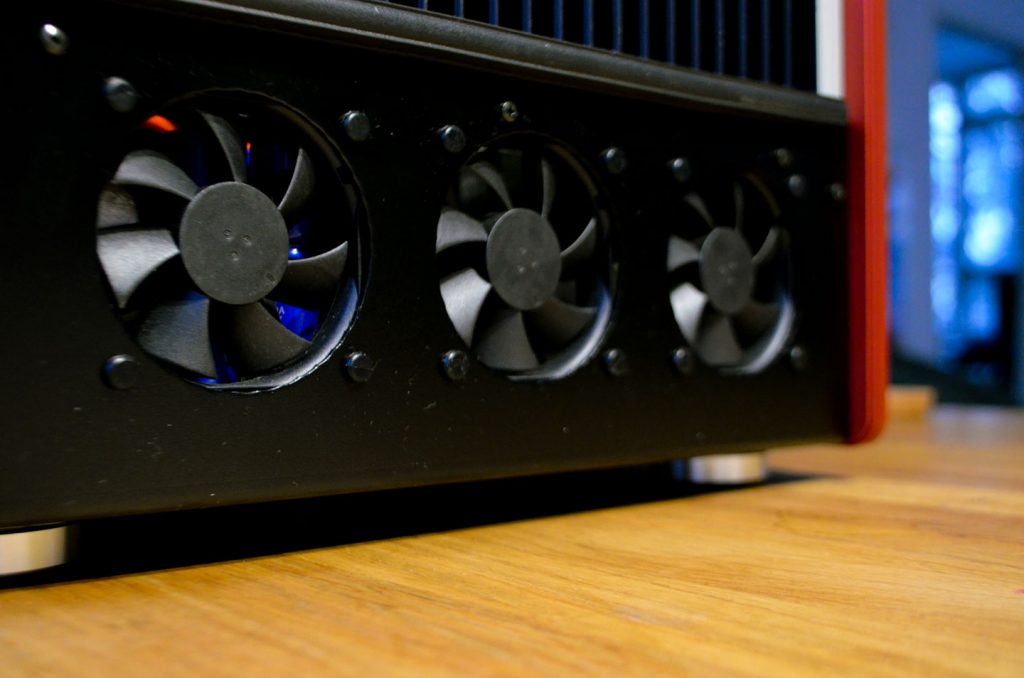
The rest of the current amplification stage is a lavish use of materials. We have already discussed the batteries of mains transformers above. The corresponding toroidal transformer is a 1,375 VA type from the German specialist Noratel. It alone should contribute almost half of the m1000’s half-hundredweight-weight…
One keyword still needs to be mentioned: VOLTAIR. As with all SPL devices, developer Bastian Neu also relies on the high-voltage technology that SPL has driven to perfection over the years in the m1000. This is based on an internal operating voltage of +/- 60 volts; +/-15 volts is standard. Although this requires a number of high-voltage-resistant components, the Rhinelanders expect this to result in a very high, undistorted output voltage, higher noise immunity and significantly increased dynamics of their components. The topic of internal high-voltage architecture is also being followed with interest by many high-end manufacturers. T+A, for example, has already taken the first steps with its top series called HV (for high voltage)…
Practice
The SPL Performer m1000 was born with a lot of studio experience – as you can see from the fact that it can only be controlled via a balanced XLR line. There are detours via adapters, but I doubt whether these are optimal in terms of sound. So please note: If you are considering the m1000, you should make sure that your preamp has the appropriate outputs.
The connection board has two conspicuous features: 1) An XLR output if you want to connect additional power amplifiers (e.g. for bi-amping) without having to lay the possibly long cable again. 2) The TRIM control, with which the user can adjust the output stage to the sensitivity of the other output stage in the aforementioned bi-amping case. Both very practical.
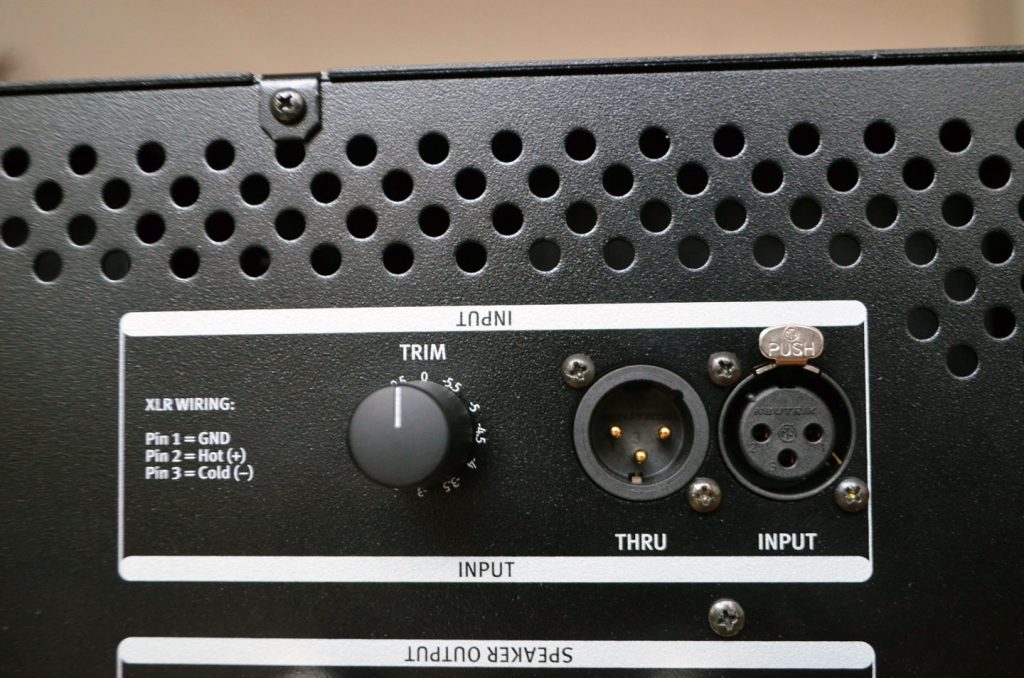
In many weeks of LowBeats operation, the SPL Performer m1000 has never failed. Although we tortured her really badly at times, she accepted everything – without switching off, she didn’t even get really warm. That’s what I call a problem-free power amplifier.
During this time, we listened to virtually every test speaker on the SPL. Among them were some whose impedances fall to 2 ohms and which completely overwhelm smaller amplifiers with ugly phase rotations. This was never a problem for the m1000. And with extremely low-efficiency loudspeakers, it has the advantage of always being able to add a little extra power…
Listening test of the SPL Performer m1000
As already mentioned above, the m1000 runs more or less continuously without any problems. This leads to many comparisons with different power amplifiers. And it quickly becomes clear that such lavish performance with such rapid power delivery is rare.
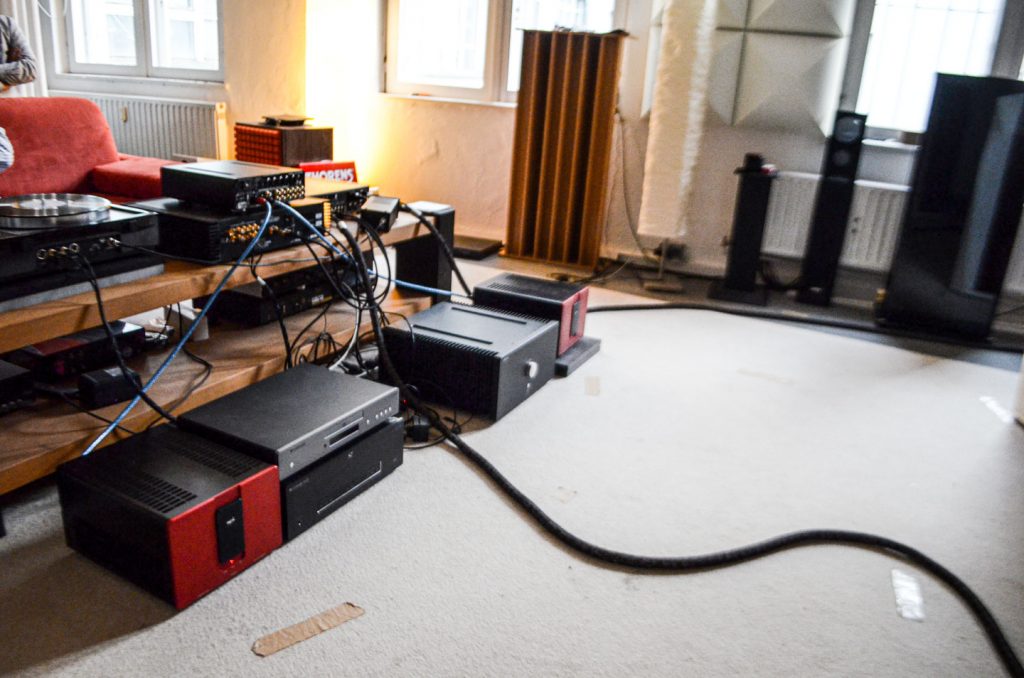
Compared to the long-standing LowBeats class reference Nubert nuPower A, the SPL does not necessarily have more pressure or thrust from below, but it sounds finer and more open. The mids in particular are more detailed and the sound is livelier. Sean Rowe’s characteristic voice not only sounds more substantial, more informative and ultimately more “real”.

The Cambridge Audio 851 W in the bridged mono version is not dissimilar to the SPLs in terms of sound: the same tendency towards a rather neutral, down-to-earth reproduction. But the m1000 shows a little more power in the upper bass and in the fundamental. This extra power also provides the m1000 with a larger spatial representation. It reproduces individual instruments a little more comfortably, the depth in the room increases.
The m1000 is always great when really high performance is required. We always like to use the massive Canton A 55which is extremely resilient. A kind of complex resistor that produces wonderful sounds even at very high power input. The SPL then proves that it can keep the bass on a very short leash even at extreme levels. If the recording is appropriate, the bass is hammering yet breathtakingly effortless.
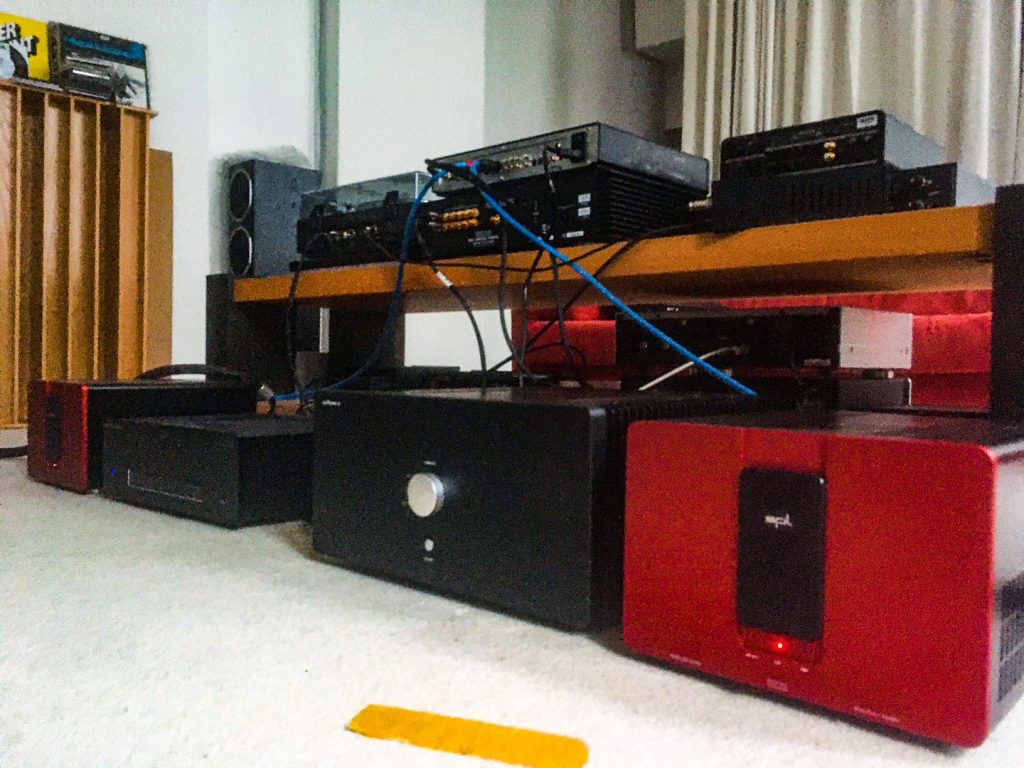
Or with the JBL L100 Classic. You can listen to brute loud music with this monitor – provided the power input is high enough. With the m1000 we were able to hear the L100 Classic much louder than with any other amplifier on our shelves.
With power amplifiers of this caliber, you tend to turn the volume control far to the right – because it remains undistorted for so long. What is neglected here are the musical qualities that the m1000 also has due to its stringent structure, low distortion and high internal dynamics. It’s simply incredible fun to listen to music with these monos – also because they manage to paint such rich sound colors.
Let’s make a long story short: there are certainly power amplifiers in this performance and requirement class that sparkle a little more finely at the top. But that is not Bastian Neu’s idea of sound. Its power amplifiers sound earthy, dynamic, bouncy and powerful – in my opinion: absolutely natural. So natural that the two m1000s now remain the reference in the LowBeats listening room.
Conclusion SPL Performer m1000
What can you say? An externally attractive power amplifier, powerful and absolutely stable, which also sounds extremely natural. It’s hard to find a power amplifier like this for less than 15,000 euros. You would think. The SPL Performer m1000 costs 8,400 euros per pair. And although that really is a lot of money, it’s still pretty cheap considering what’s on offer. If we were to award school grades, it would be a straight A.
Rating
Sound QualityUsabilityBuild QualitySummary |
| The rating always refers to the respective price category. |
| | Earthy, energetic sound, high naturalness |
| | Compact design, many color variants |
| | Extremely powerful, stable down to 2 ohms |
| | TRIM control for level adjustment with bi-amping |
Distribution:
SPL electronics GmbH
Sohlweg 80
41372 Niederkruechten
spl.audio/en/professional-fidelity/
Pair price (manufacturer’s recommendation):
SPL Performer m1000: 8,400 euros
More about SPL:
Test SPL Phonitor x – headphone amplifier with 3D sound
Test overview SPL Pro-Fi family
Test professional D/A converter preamp for the home: SPL Director
First test of the SPL Performer s800 power stereo amplifier
Test SPL Phonos: Phono stage with enormous drive
Teammates and opponents:
Nubert nuPower A test: the Swabian power amplifier
Family test Canton Anniversary Series: A 55, A 45, A 35 and A 45BS



